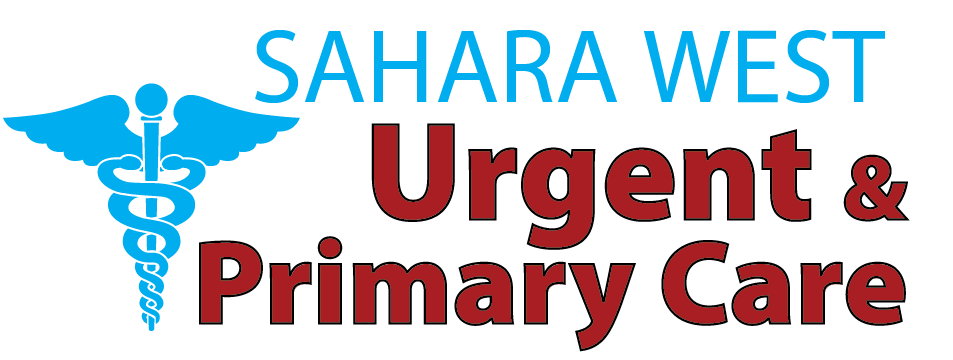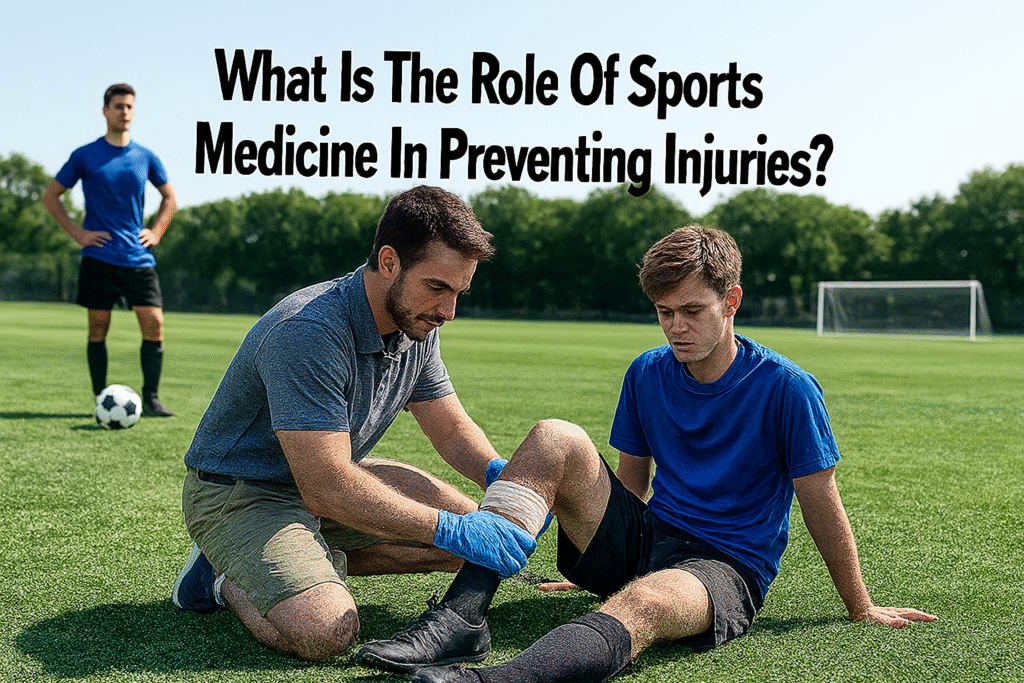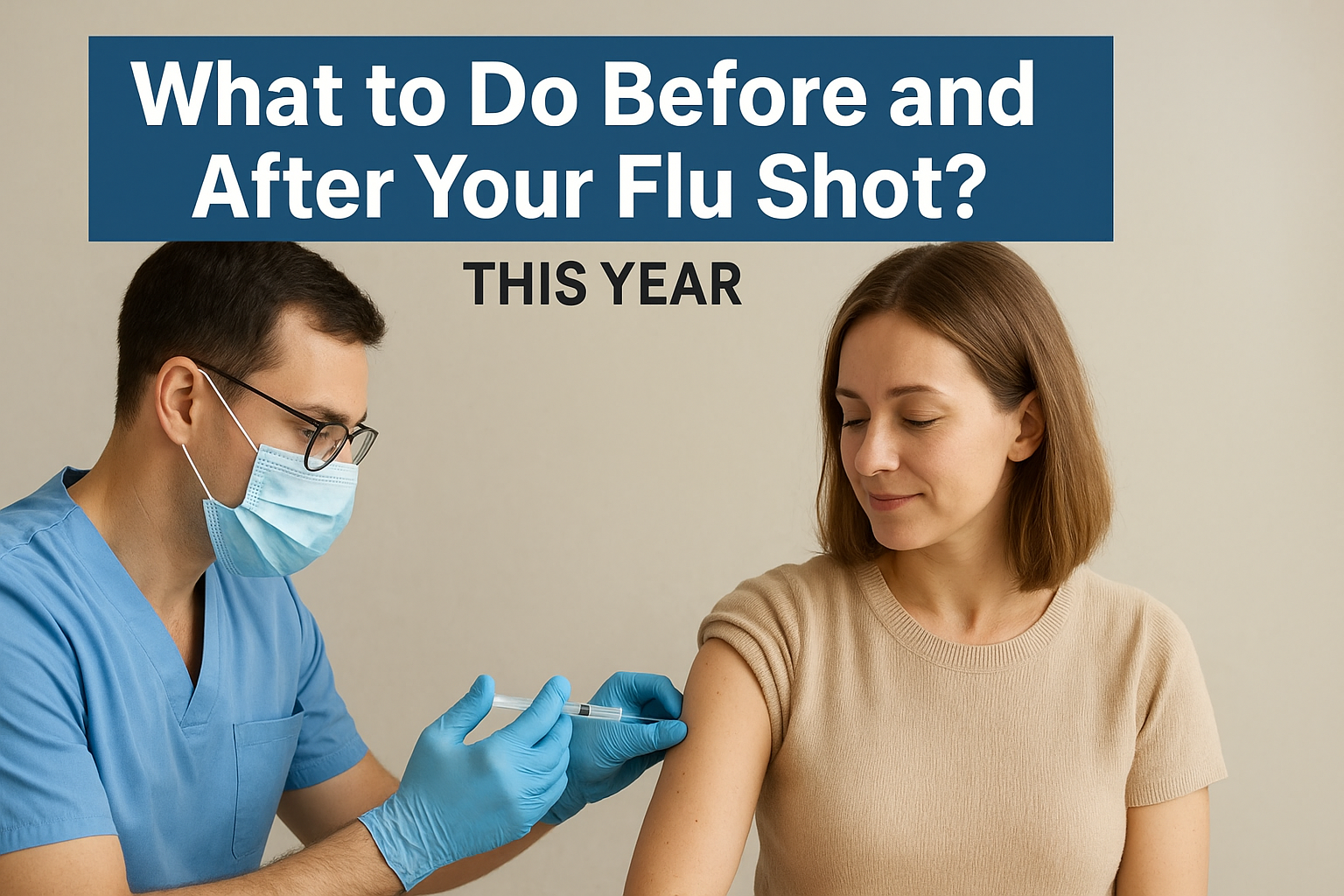Sports medicine prevents injuries by finding risks early training movement and strength fixing weaknesses and guiding safe return to play. It uses screening exercise programs load management biomechanics and a team of clinicians to cut injury rates and keep athletes healthy.
Primary responsibilities of a sports medicine team with regard to injury prevention
Screening and risk assessment
After all, while most often a delicate balance of bones and muscles simply goes unnoticed, when it’s weak or imbalanced or the movement is less than ideal, clinicians rely on simple tests and motions to help determine what’s wrong. Early detection allows clinicians to provide targeted work that reduces the likelihood of sprain strain or tear.
Neuromuscular training and biomechanics
Exercise programs that develop landing stability, balance and strength can reduce some injuries — sometimes by as much as half. For instance targeted neuromuscular training can halve the risk of non contact ACL injury among at-risk athletes. Clinics use video feedback and movements drills to correct risky movement patterns.
Strength conditioning and mobility
Specific strength increases joint control and stability. Mobility work: keeps movement in your joints safe. A well-rounded plan develops muscles that support knees, hips, shoulders and ankles, and reduces rates of injury.
Load management and training planning
Sports medicine specialists direct how much and how quickly an athlete ramps up training. Slowly building up and taking planned rests minimize overuse injuries. This is important for youth athletes and those individuals who add intensity at a fast pace.
Return to play decision making
When an athlete is injured, sports medicine specialists rely on tests and measures to decide when the athlete is safe to return. A defined return plan decreases the risk of reinjury and achieves better outcomes.
Education and behavior change
Athletes, coaches and parents discover appropriate warm up landing technique load signals and recovery behaviors. Education increases compliance and makes prevention an ongoing effort not a one time cure.
Nutrition sleep and recovery
Feeding the body and sleeping well hasten tissue repair and decrease FRI. Nutrition and sleep are integral components of sports physical las vegas prevention plans, particularly for female athletes who are at risk for energy deficits and bone stress.
Common injuries sports medicine targets
- ACL tears and knee injuries
- Hamstring and calf strains
- Tendonitis and stress fractures
- Shoulder and elbow overuse injuries
- Concussions and head injuries
Useful prevention techniques validated by sports medicine
Easy screening tests to do now
- Balance on one leg 30 seconds on each side
- Bodyweight squat looking at knees for a caving inwards pattern.
- Single leg hop and land 5 x hop out and in watching for symmetry
If any test is poor, think sports medicine eval. Early referral improves outcomes.
Warm up and neuromuscular drills
Dynamic warm up with short duration plyometric exercises reduces the risk of injury. programs that include strength balance and landing technique are the most effective for sports where there is jumping and cutting.
Strength and mobility routine
Two dedicated strength sessions each week working glutes, hamstrings core and rotator cuff reduce total injury risk. Throw down some mobility work to maintain your full joint range.
Load plan example for runners
Week one: maintain those miles and add in 2 strength sessions
EASY MILES – Add a little here in week 2 with mobility drills
Week three: add a short, slightly higher intensity session to the list above with extra recovery after.
Take it easy and avoid big jumps in load
Three short prevention plans
Youth athlete plan
Week one basics movement: weight squats, bar lunges and balance
Week two: add light band strength and some core work
Teach safe landing and have one rest day per week in the third week
Recreational runner plan
Week one check shoes and form add glute work 2x per week
Week two include Calf and Hip mobility with a rest cross training day
Week 3: Week 3 conditioning programme is one controlled-speed session, and additional focus on sleep
Get on the road back to sport for older adults
Week 1: Begin with low-impact walking or cycling and perform simple strength moves
Week 2: Gradually add in the balance work and single leg work.
For the third week monitor pain and range of motion progress, before adding intensity.
When to visit a sports medicine physician
- Pain that interferes with your daily activities for more than two weeks
- Frequent recurrence in the same site
- Rested instability or failure
- Injuries that are more complicated such as concussions occurring in rapid succession, suspected tears of the ligament
If your back hurts, the quicker you get it checked out the better off you will be.
Conclusion
Sports medicine staves off injuries by identifying risk factors, fixing movement flaws dictating training loads and organizing recovery. It involves testing strength work technique coaching nutrition and careful planning of return. The best defense includes basic regular practice and early expert intervention when tests suggest risk or pain lingers. To schedule your appointment with the highest standard of care, visit Sahara West Urgent Care on our website, where you can also explore more informative blogs





